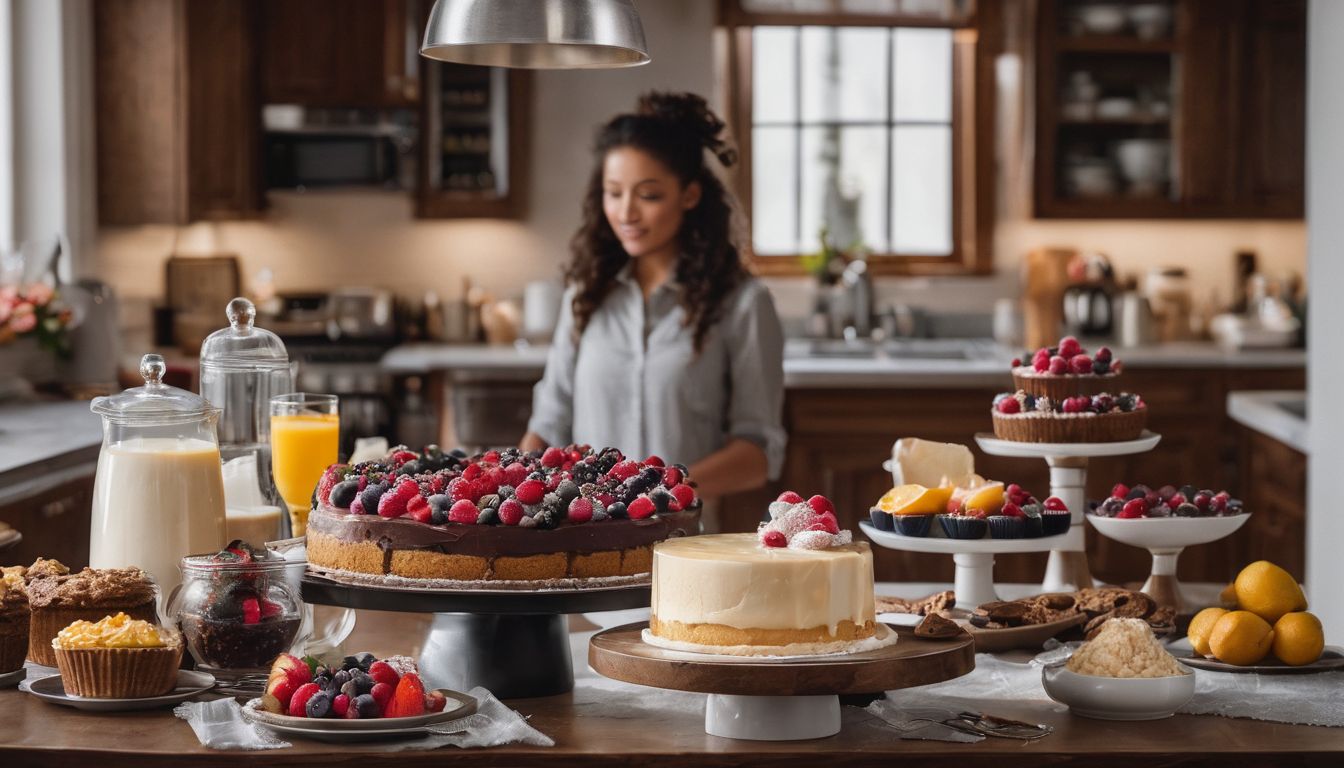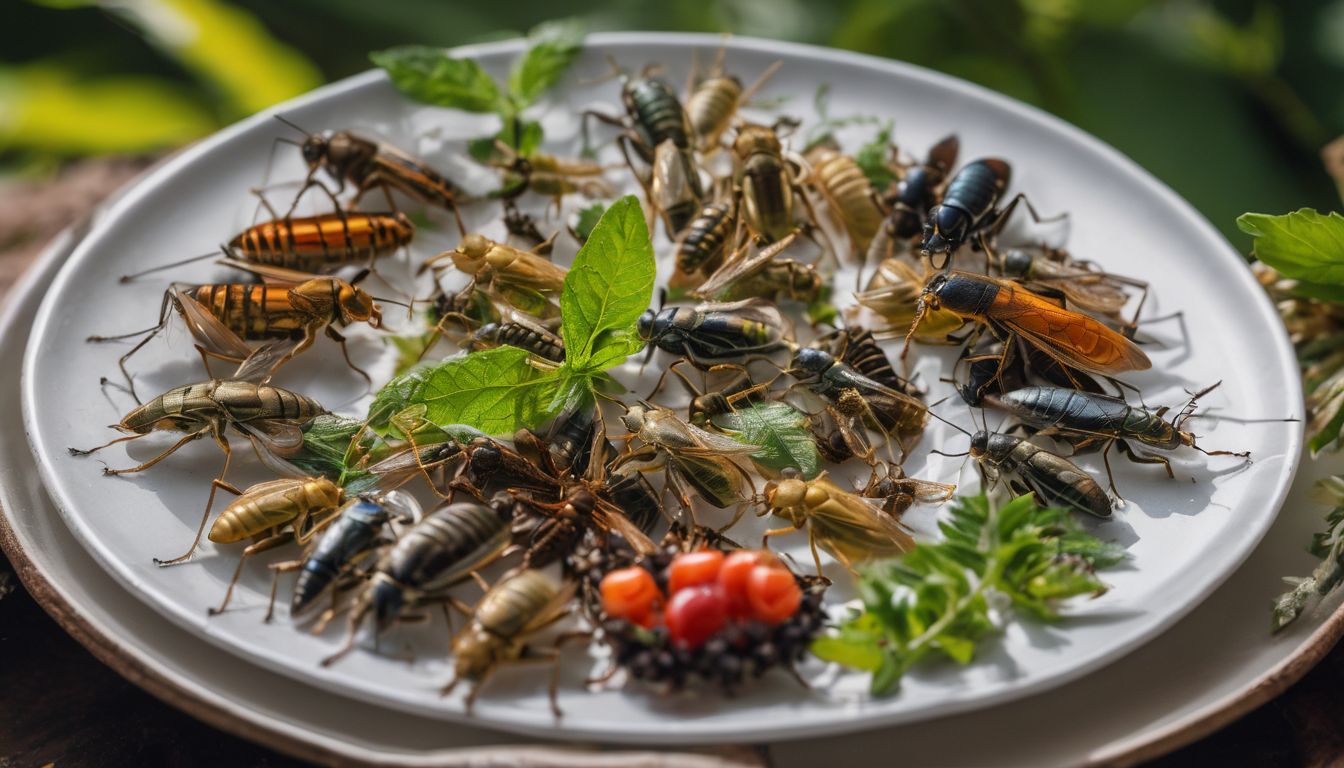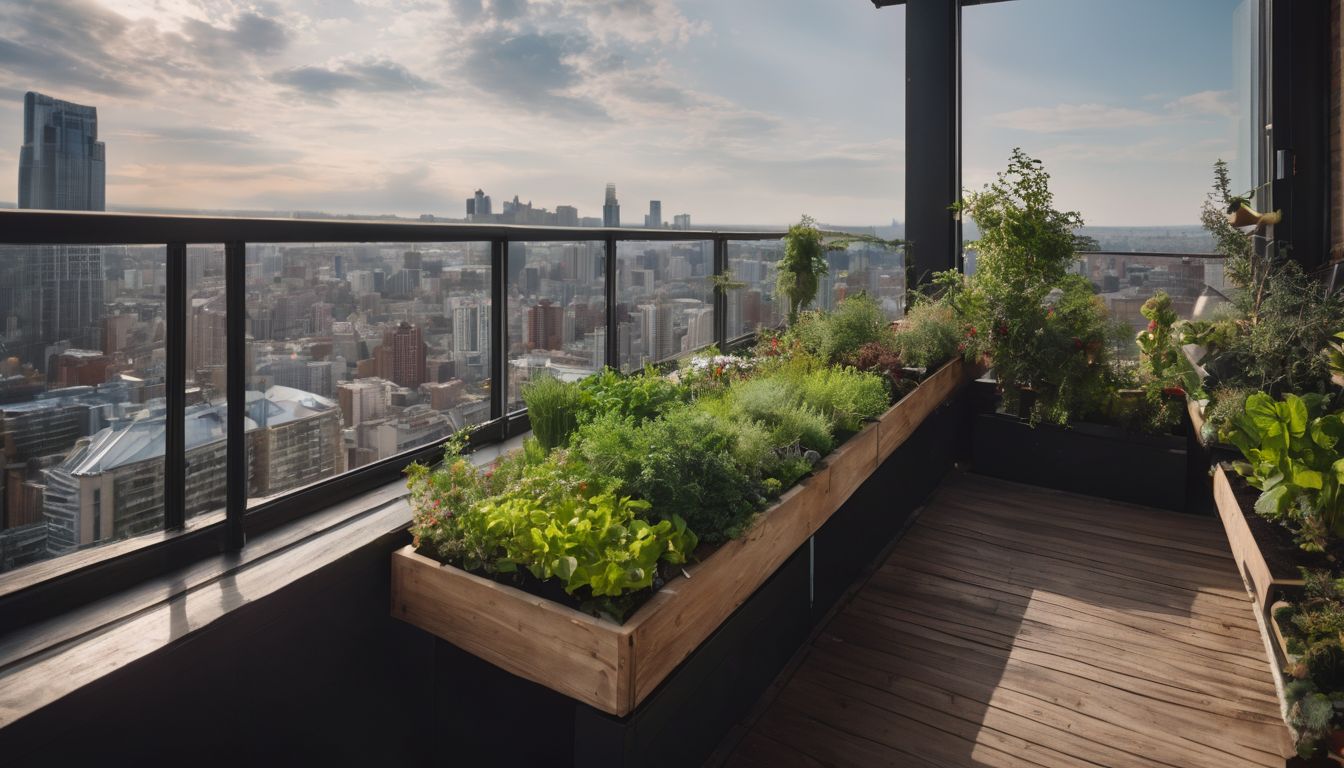If you like the idea of a cob oven, but aren’t willing to make such a large commitment to natural cooking, solar ovens are the way to go! Building a solar oven is a simple and cheap way to help save the environment. While many people like to use solar cookers on the road when they don’t have access to electricity, you can actually use the free power of sunshine right at home to cook your favorite meals. Like cob ovens, solar ovens have benefits for the environment, your health, and your wallet. If you are interested in finding out how to build a cob oven, check out the Greeniacs Guide: Solar Cooking Getting Started.
BENEFITS for the environment: Solar cooking helps reduce your energy consumption, not only on energy spent directly on cooking, but also the energy you may need to expend trying to cool down a room that has just been heated up by a hot oven.1
BENEFITS for your wallet: Solar cooking helps you save on your energy bills. If you use it to replace your regular oven, it can also help you save on the cost of buying and maintaining this major appliance.
BENEFITS for you: Solar cooking keeps more of the flavor, moisture, and nutrients in the food.Plus, because you can just set it and forget it without worrying about burning the food, it can save you time, energy, and stress!
Cost: Low
This solar cooker can basically be made from old cardboard boxes and some aluminum foil, materials that are extremely cheap and easy to find.
Time and effort: Low
Building your solar cooker should only take an hour or two. Cooking using the solar cooker is fairly similar to cooking with a regular oven, just double the time.2 The only thing you have to remember is to face the oven directly towards the sun so that it reflects the light back into the oven.3 You will need to have a source of sunlight however, so for those of you living in cities it may be more difficult to set up the location of your solar oven. Temperature does not matter luckily, you just need the sun!
Cob ovens vs. Solar ovens:
| BENEFITS | COB OVEN | SOLAR OVEN |
| Environmental Impact | Good: The cob oven is made out of natural and environmentally friendly materials, but one has to be careful to use only sustainable firewood.4 | Good: The solar oven is made out of relatively few materials, which leaves little to no impact on the earth. Plus, it gets most of its energy from a very renewable resource, the sun.5 |
| Effort to build | Very High: It is much more difficult to build a cob oven, since it will take a lot of work finding, transporting, mixing, and constructing the materials needed to build the cob oven, in addition to a large amount of time.6 | Low: One person can build a solar oven in just a few hours,7 as opposed to the days or weeks that it could take an entire group to build a cob oven.8 |
| Cost to build | Low to High: You can sometimes find the materials for it from the land around you. However, if you can’t find the proper material, you’ll have to order some in bulk, which could get expensive.9 | Low to High: Because solar ovens can be made of such cheap materials as cardboard and foil, they can be very low-cost.10 On the other hand, some high-quality, large capacity, pre-made solar ovens cost a couple hundred dollars. |
| Capacity | Large: Generally, cob ovens tend to be bigger than solar ovens, and therefore tend to be used more with bigger groups.11 | Small to Large: Although this solar cooker can only cook one pot at a time, there are some that can cook for up to 12 people at a time. |
| Lifespan | Long: Cob ovens are built to last many years, since they are made of such sturdy material.12 | Short: Generally, solar ovens do not tend to last as long as cob ovens, since they are built out of such basic materials as cardboard and foil13, limiting their sturdiness. |
How to Build your Solar Oven, based on the “Minimum” Solar Box Cooker14 :
Materials:
1. Two cardboard boxes, one slightly bigger than the other. The smaller one should be about 1 inch taller than the pot you intend to use.
2. Two cardboard sheets. One will be for the base, and the other one for the lid. The sheet for the base should be the same size as the bottom of the smaller box. The sheet for the lid should be a few inches longer all the way around when you put it on top of the bigger box.
3. A box of aluminum foil
4. Newspaper
5. Flat-black spray paint that says “non-toxic when dry”
6. Glue
7. An Oven Bag, especially the turkey sized oven bag
8. Box cutter or knife
9. Hanger wire
Instructions:
1. Close the bigger cardboard box and rest the smaller cardboard box in middle of it. Trace the outline around the smaller box onto the bigger box. Remove the smaller box from the bigger box and cut out the outline you traced, leaving a large rectangular hole on the top of the bigger box.
2. Glue the aluminum foil to all the inner faces of both boxes. Line the bottom of the bigger box with newspaper.
3. Place the smaller box back into the hole. Ideally, the smaller box is about an inch shorter than the bigger box. If not, place the knife in the corners of the smaller box and cut straight down, increasing the length of the flaps. Glue the flaps onto the top of the bigger box. Clip off the parts of the flap overhang the side of the box.
4. Use the cardboard sheet for the base, which should fit into the bottom of the smaller box. If it doesn’t, use your box cutter or knife to cut it to match. Glue foil to one side of this sheet, paint the foiled side with the black paint. When it dries, place on the bottom of the inside of the smaller box, black side faced upwards.
5. In order to build the lid, lay the larger sheet of cardboard over the other box base so that the flaps overhang equally all the way around. Make sure that, when you are facing from the direction of where the box should be, the corrugations run left to right.
6. Fold the flap overhangs on each side, leaving 4 creases in the box. When you look at the cardboard sheet, there should be four squares on each of the corners. Cut one of the sides of each one of the “squares” so that when you put the sheet back on the box, the square itself can be folded over to another side of the box, forming a lid. Take the sheet off the box and glue the lid together.
7. In order to build the reflector, draw a rectangle on the top of the box which will be the lid opening. One of the sides should touch the edge of the lid, and this will become a hinge. Cut the other three sides of the rectangle and fold them back. Cover this new flap with aluminum foil on the inside.
8. Turn the lid over. Get out the Reynolds Oven Bag and cut the bag to fit inside the lid. After cutting, glue any remaining opening closed so that all the sides are shut airtight. Then, glue it directly onto the underside of the lid.
9. Get a 12 inch piece of hanger wire to use to prop up your reflector. Bend the top inch of it 90 degrees one way, and bend the bottom inch of it 90 degrees the opposite way. You can rest one side on the reflector and the other side on the lid, keeping the reflector open.
10. Place a big black pot in the middle with the food and start cooking!15
Enjoy your accomplishment along with your flavorful, moist, nutrient-packed meals!




